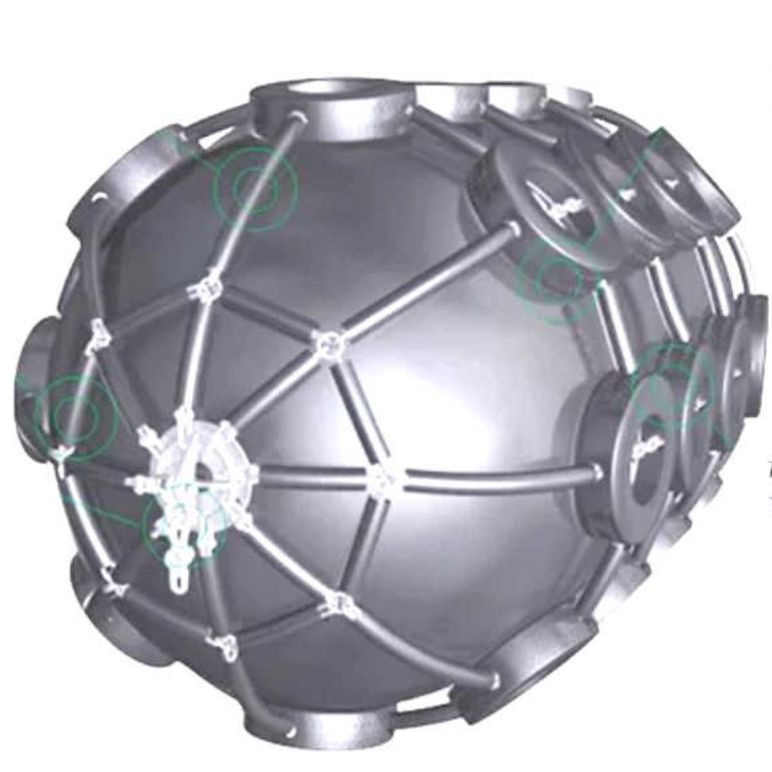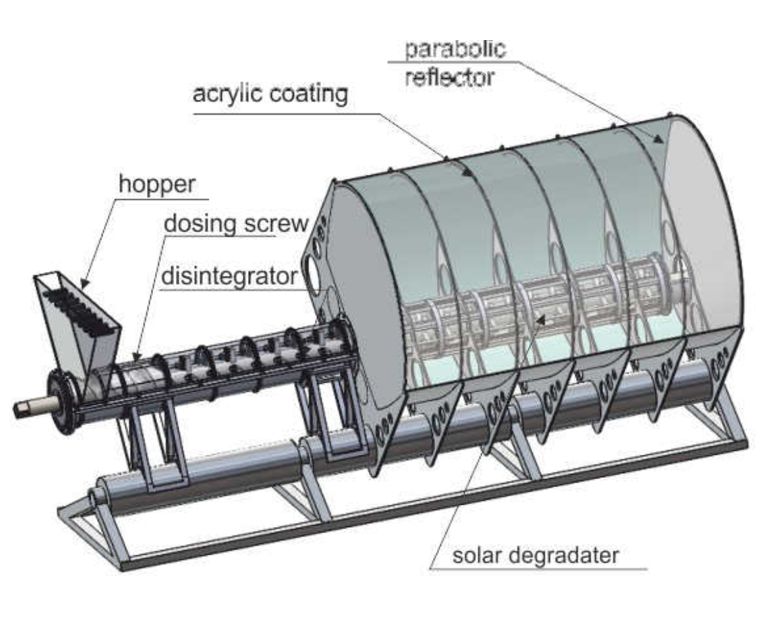




|
|
||
The main business idea of the project is that, through the usage of the features of the Sargasso Sea and its bio resources - the complete mechanical and biochemical processing of the garbage accumulated in this area and its utilization needs to be carried out directly on-site, in the Sargasso Sea, by usage of its resources by waste-free technology and the profitability of this project should be sufficient for its self-sufficiency | ||





|